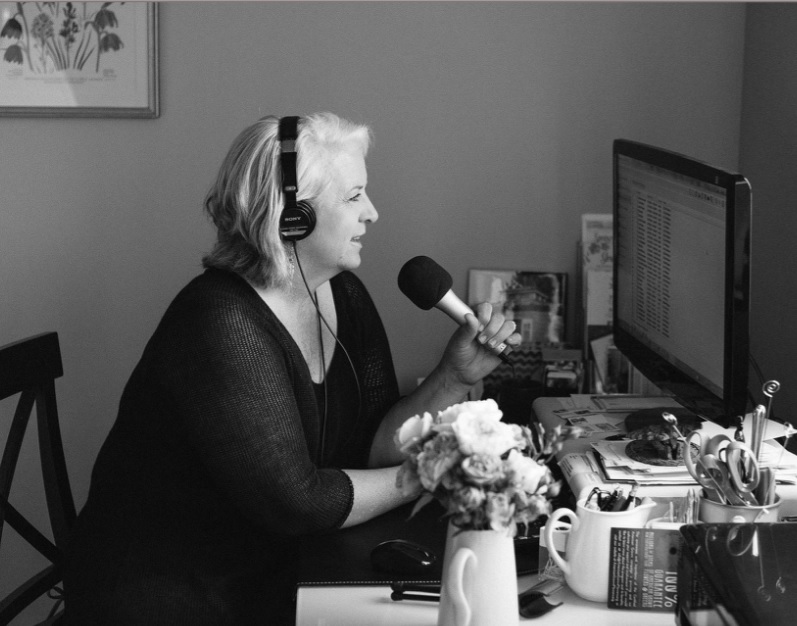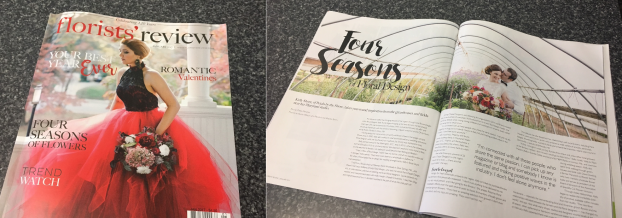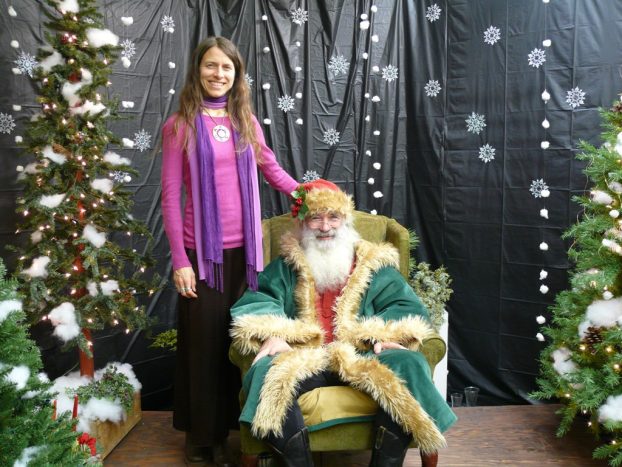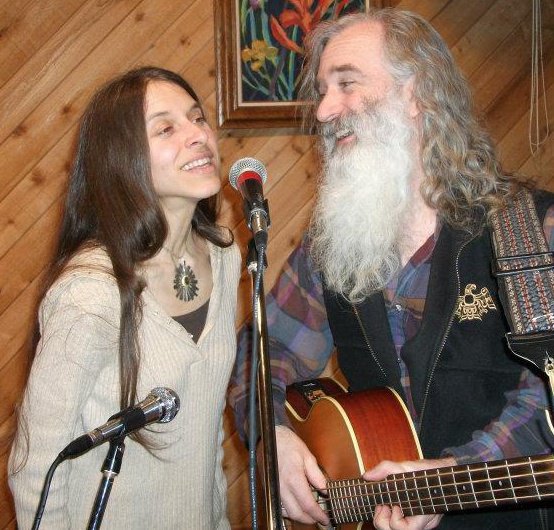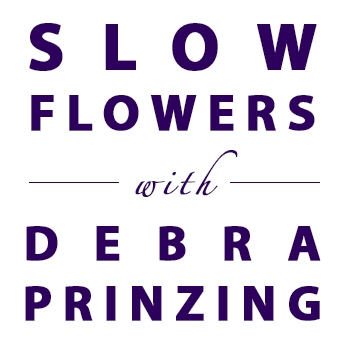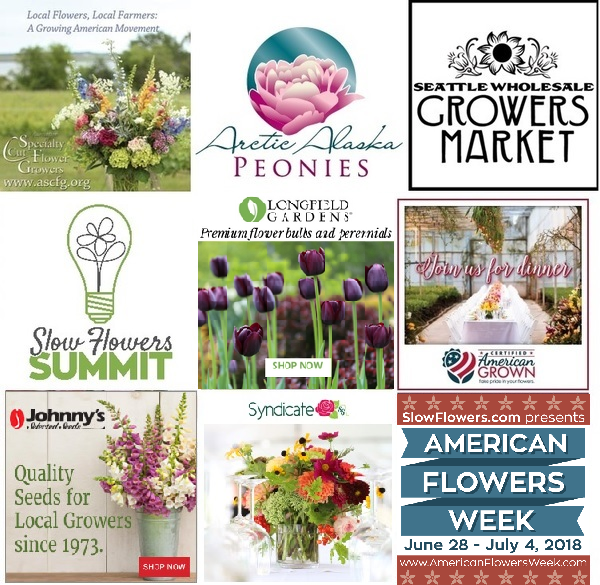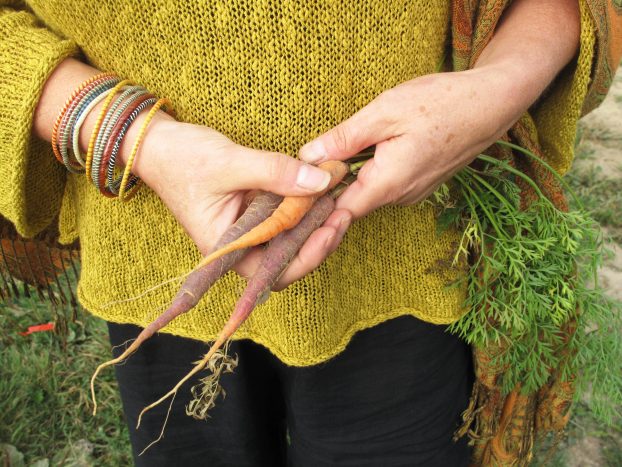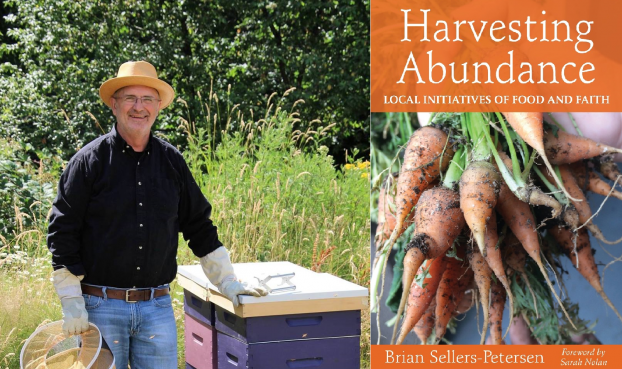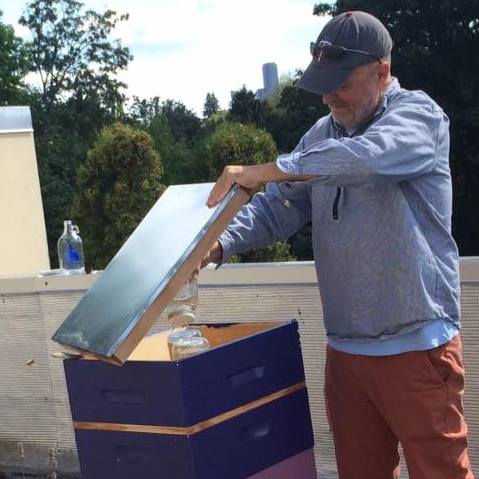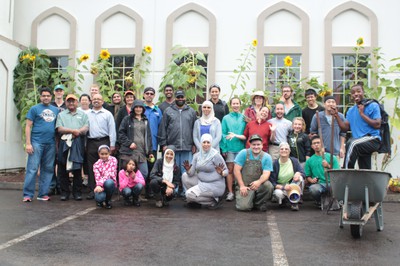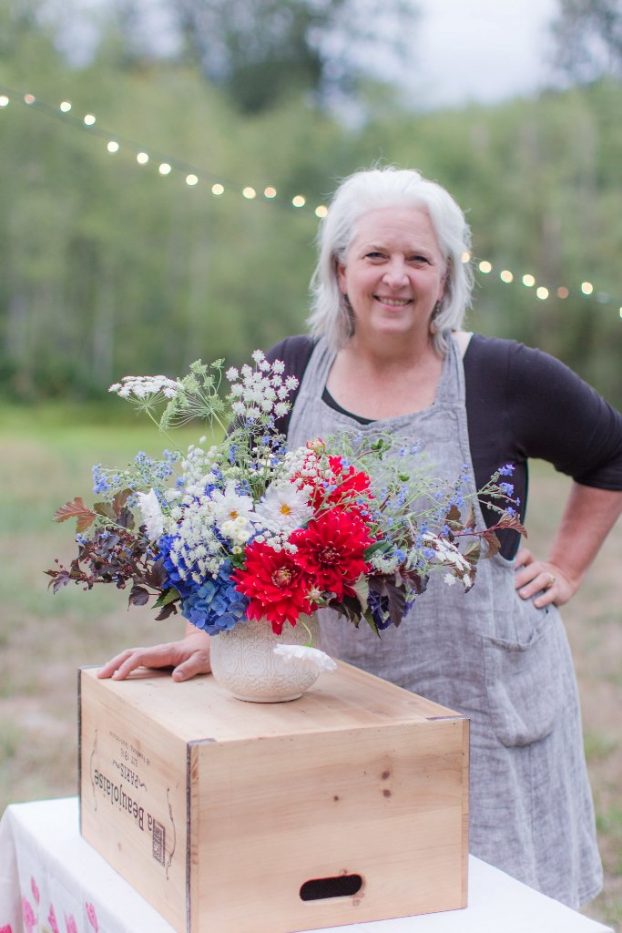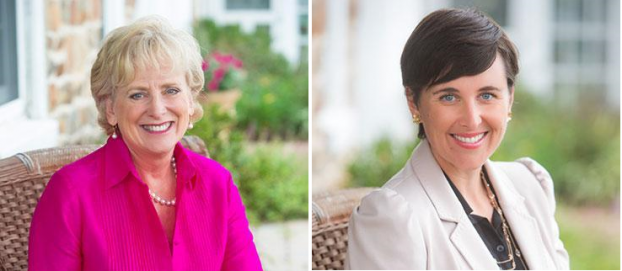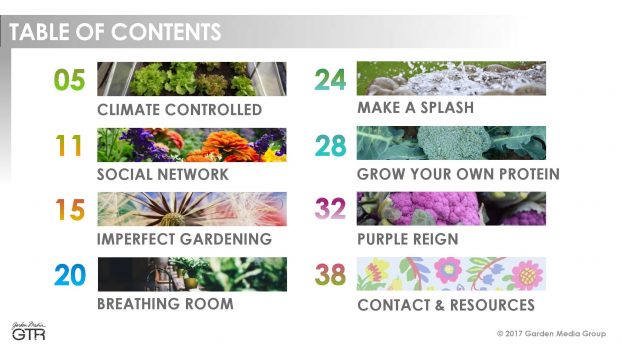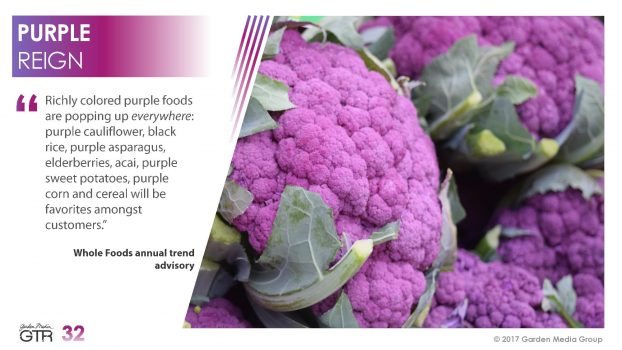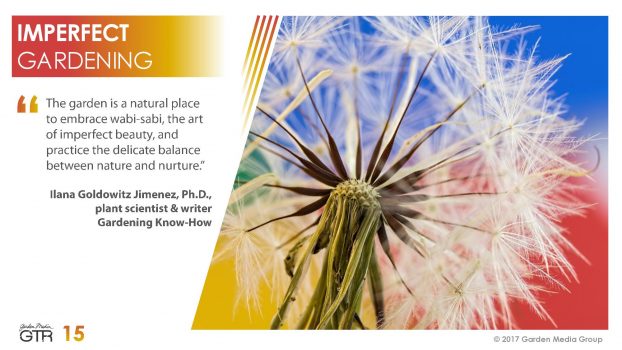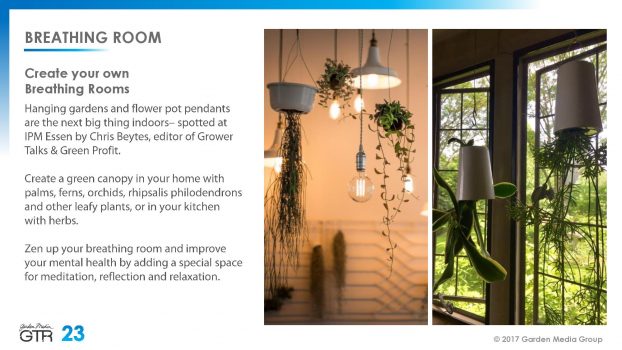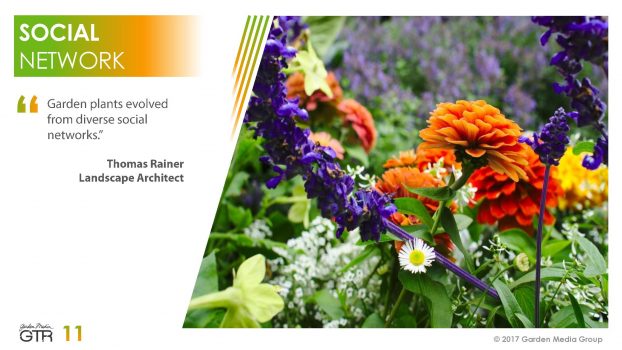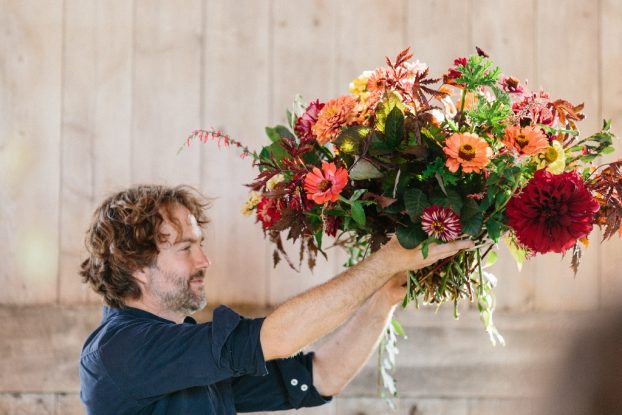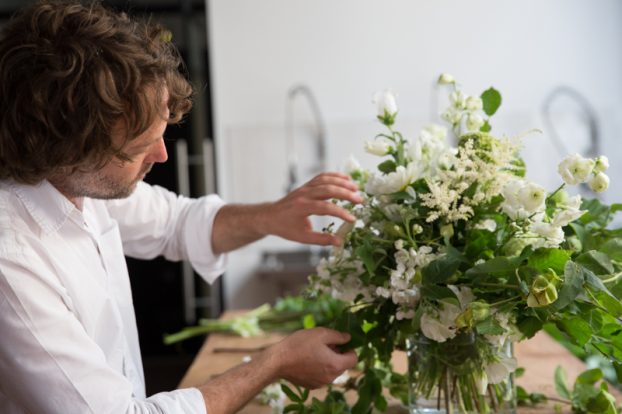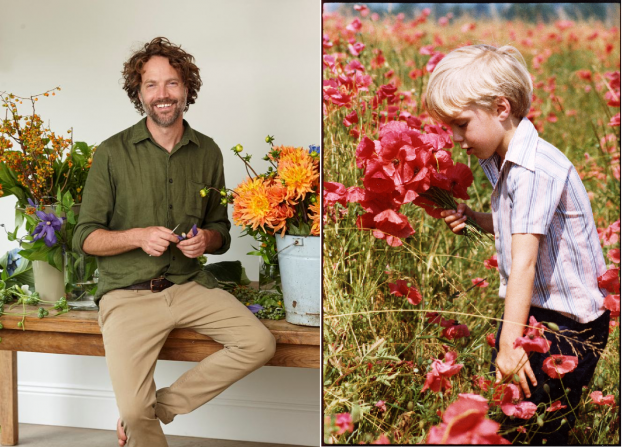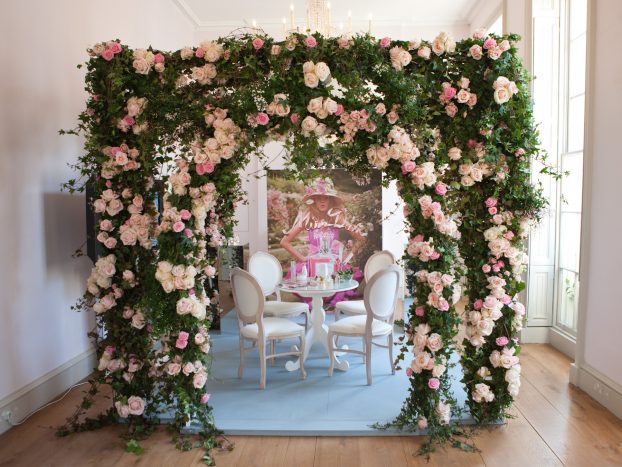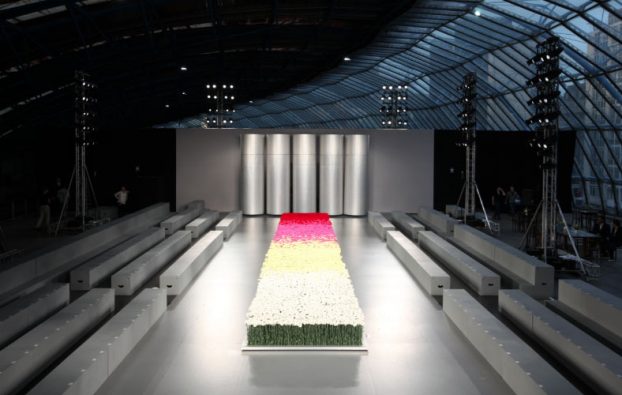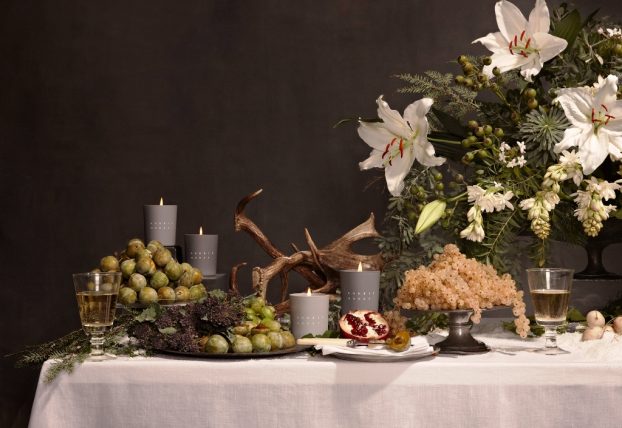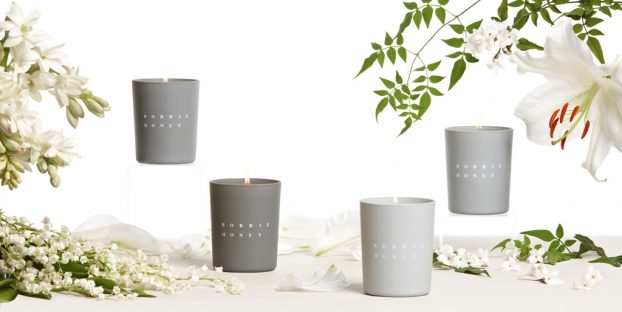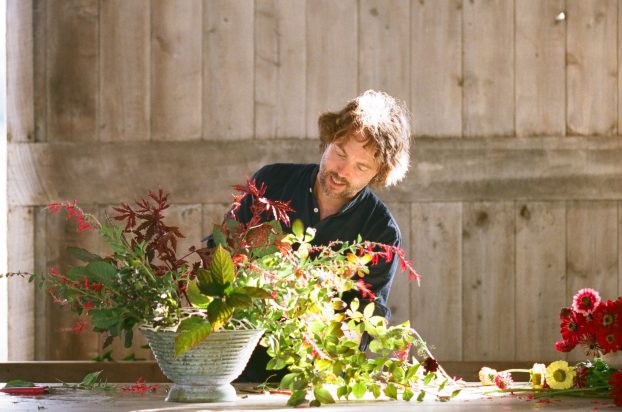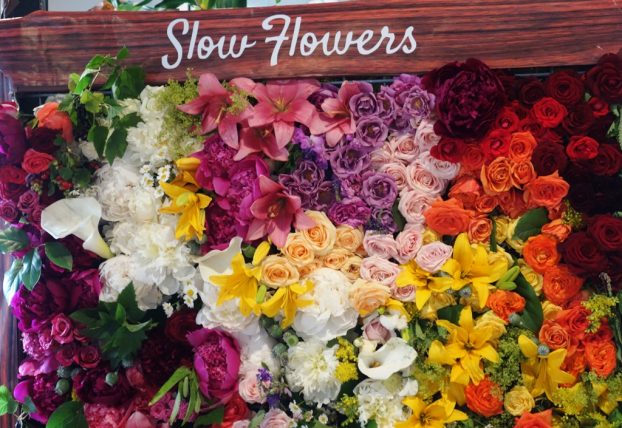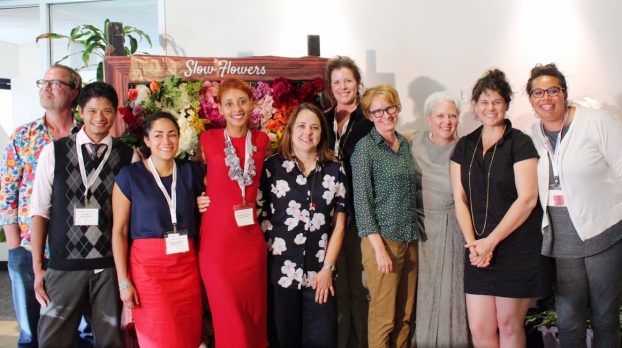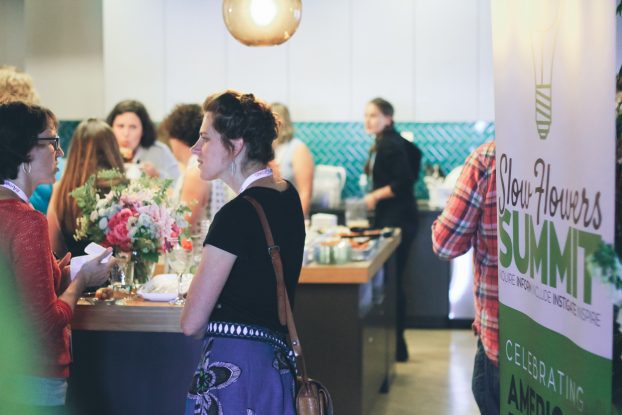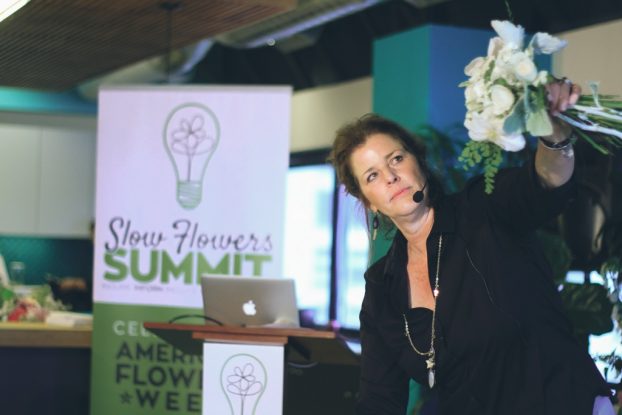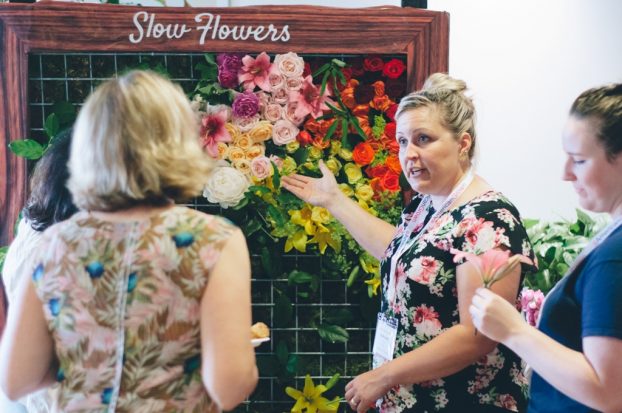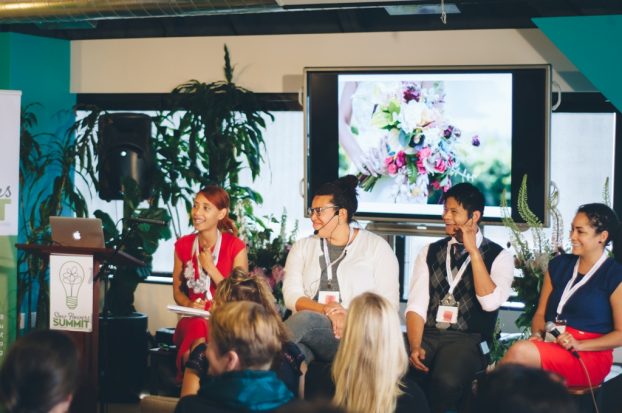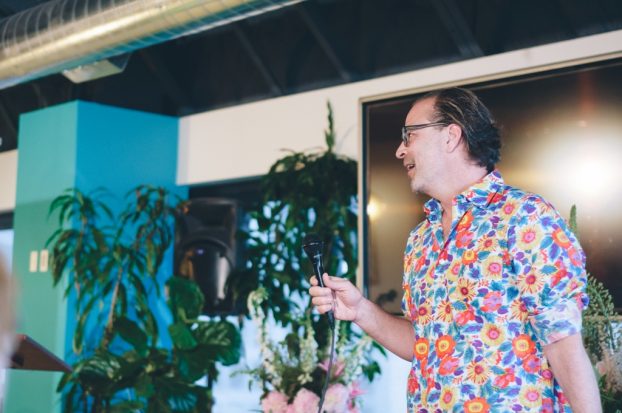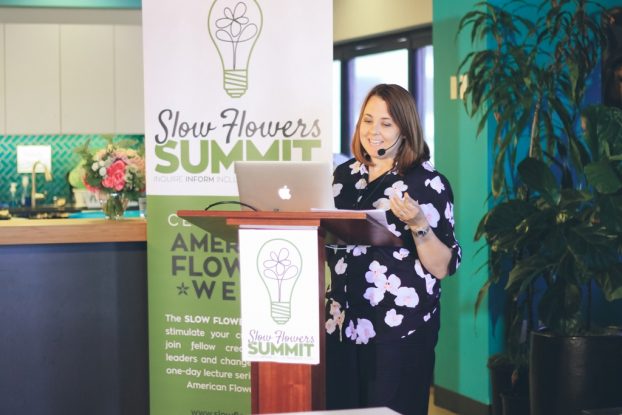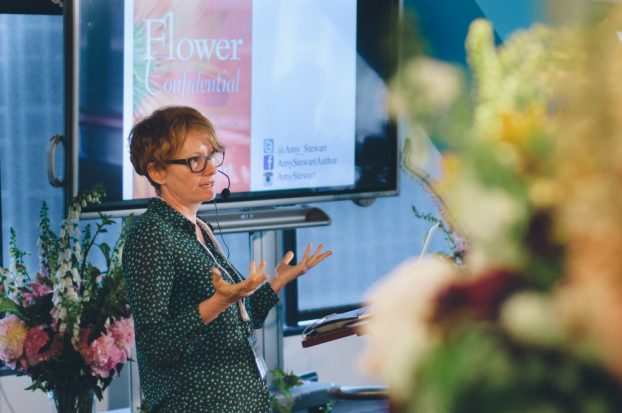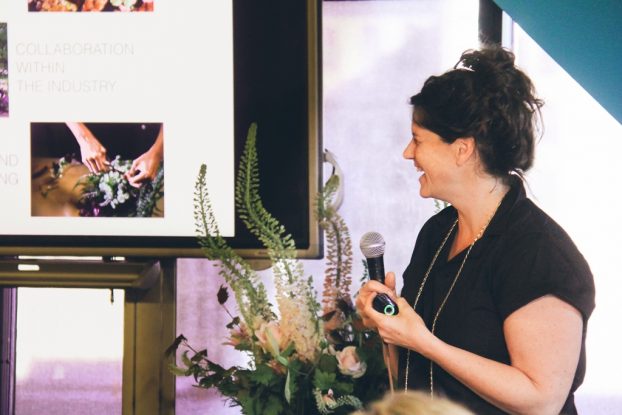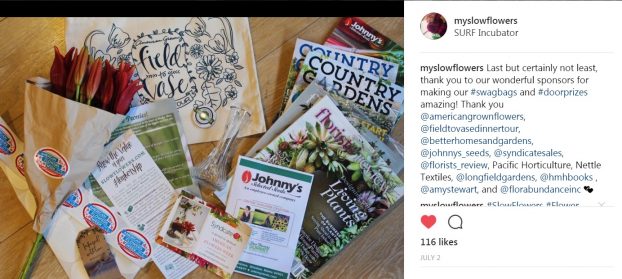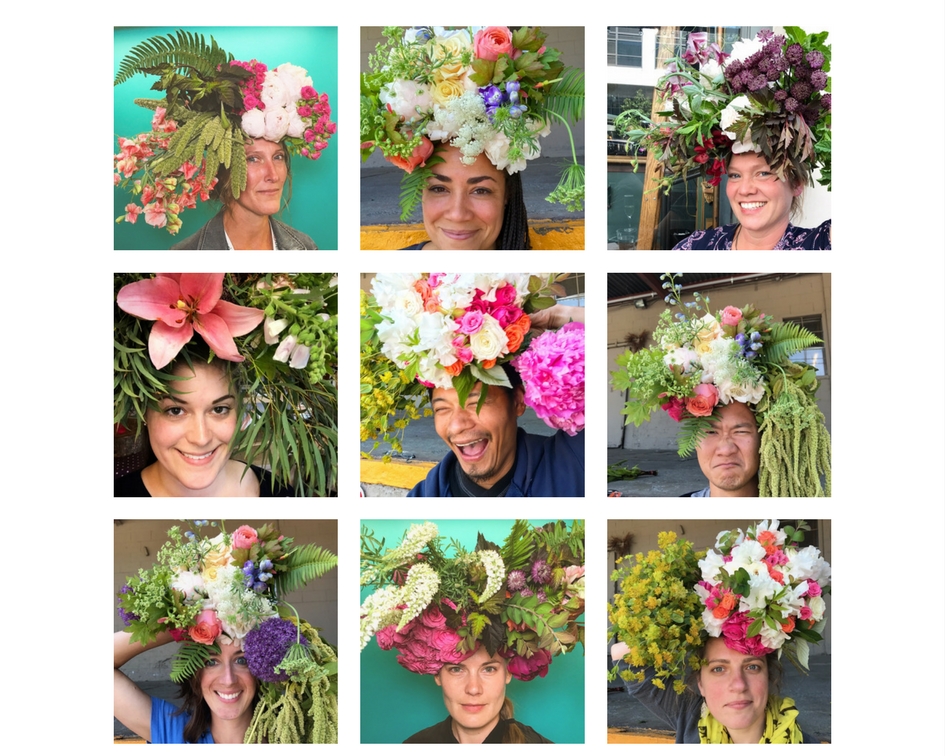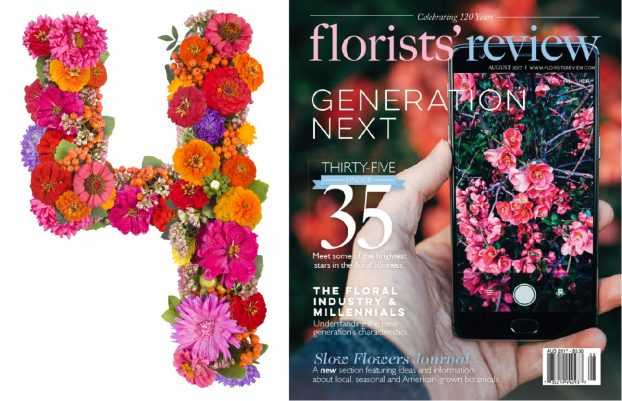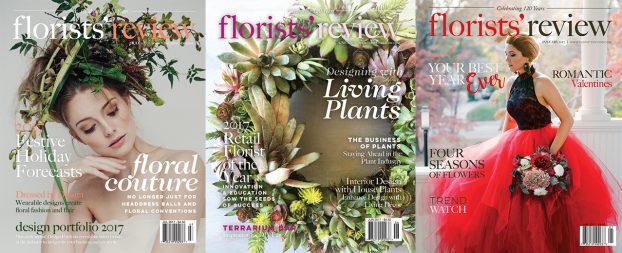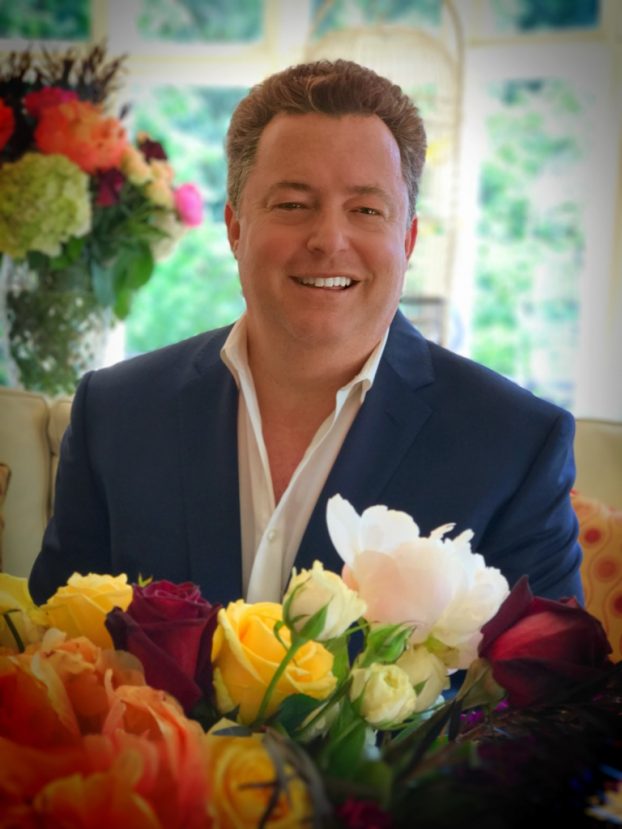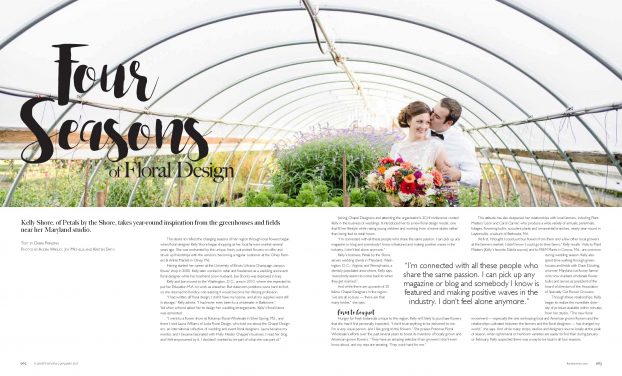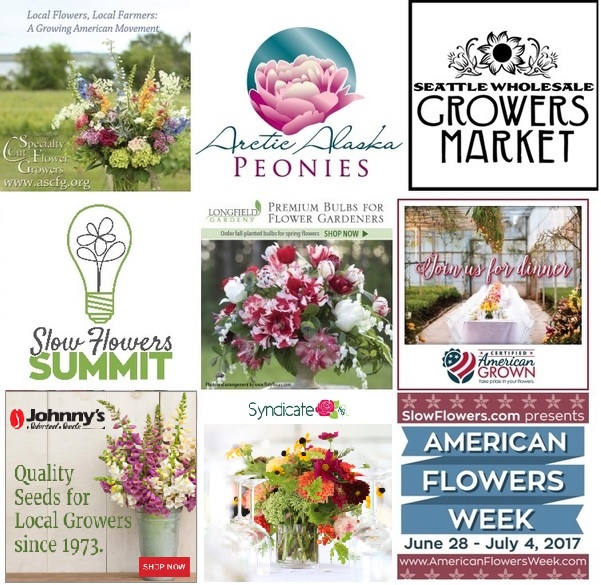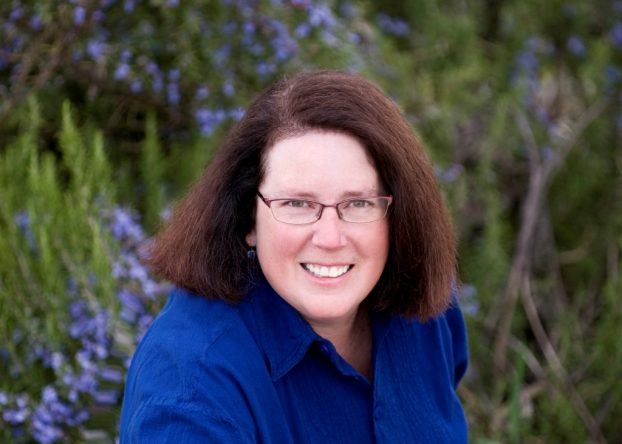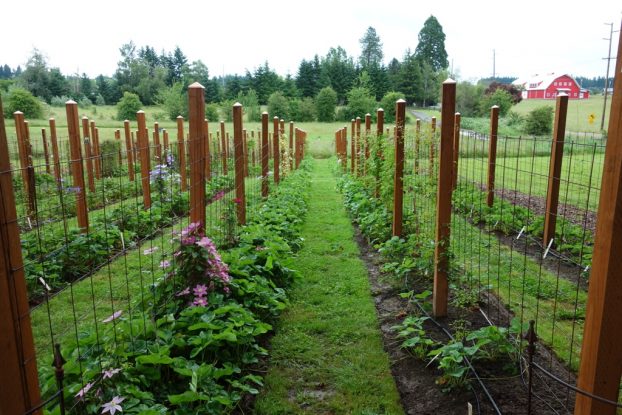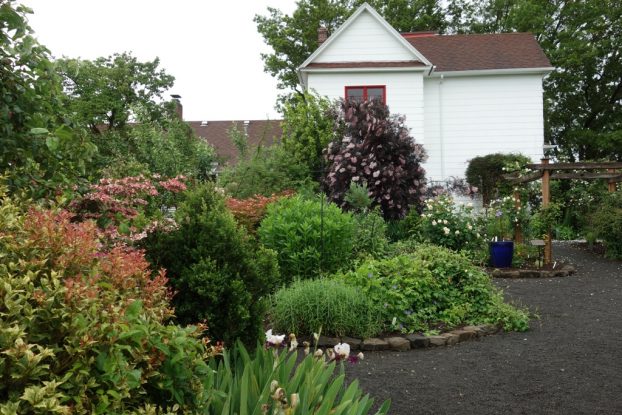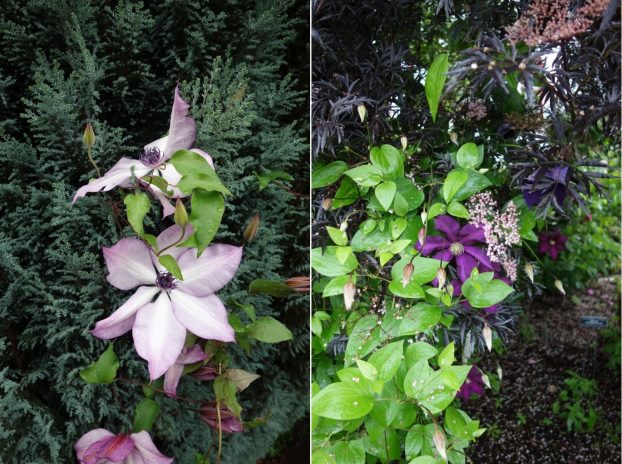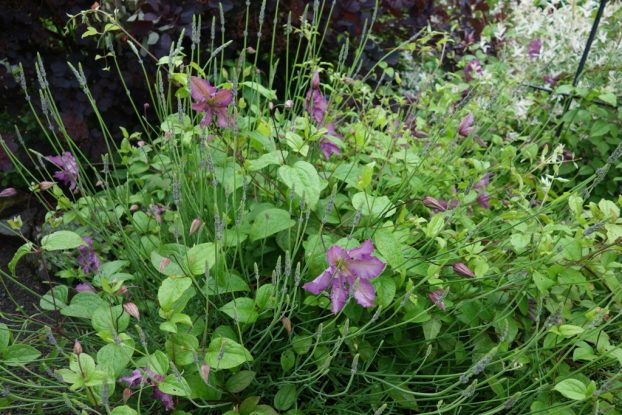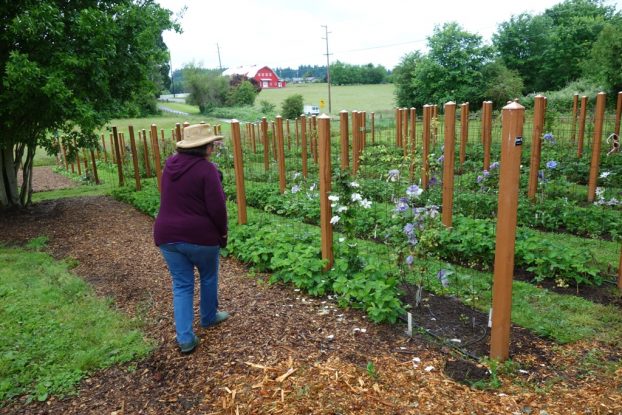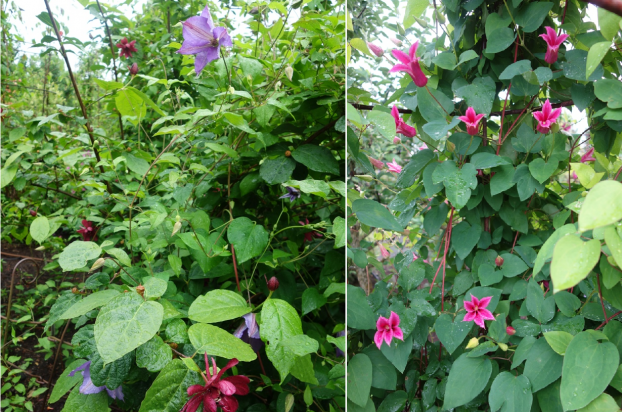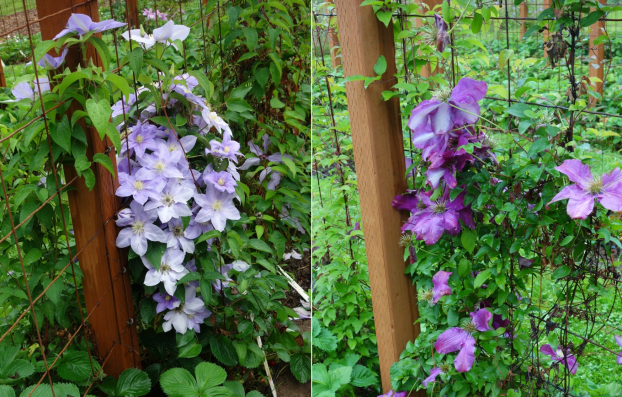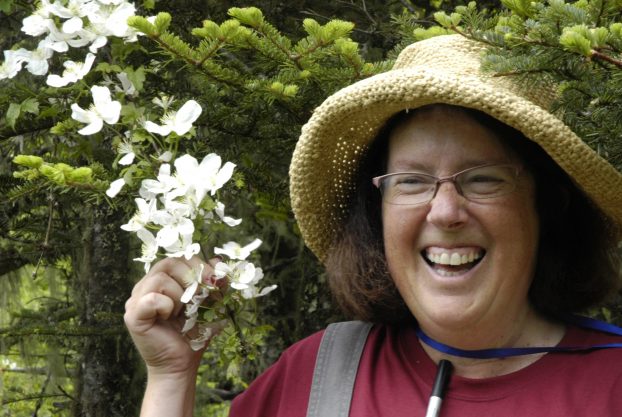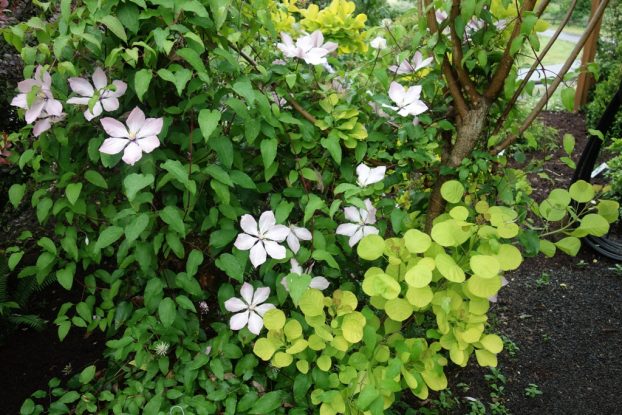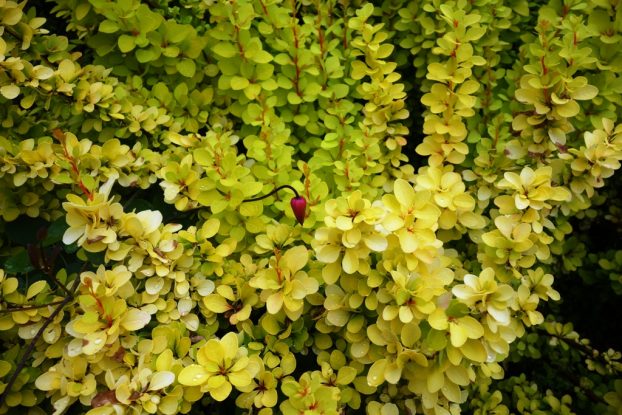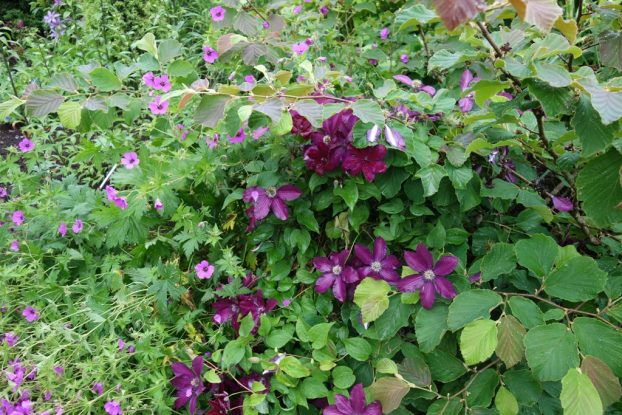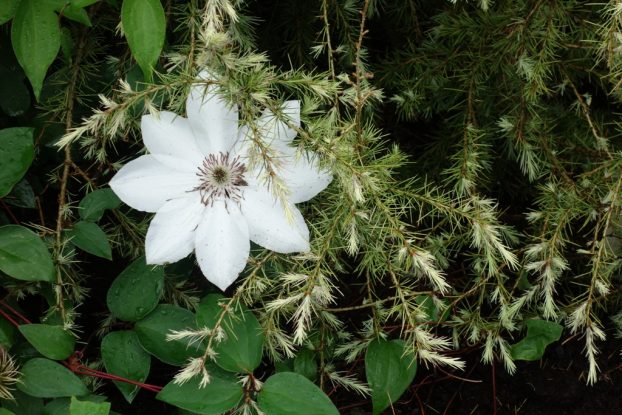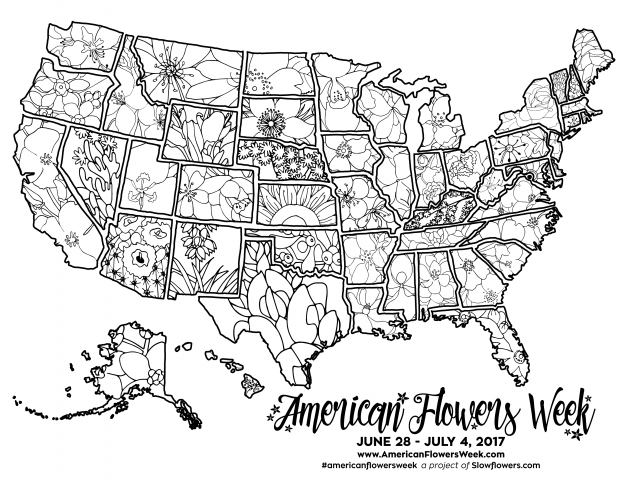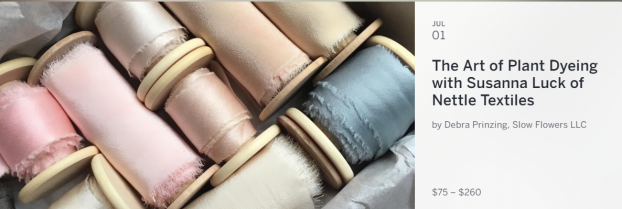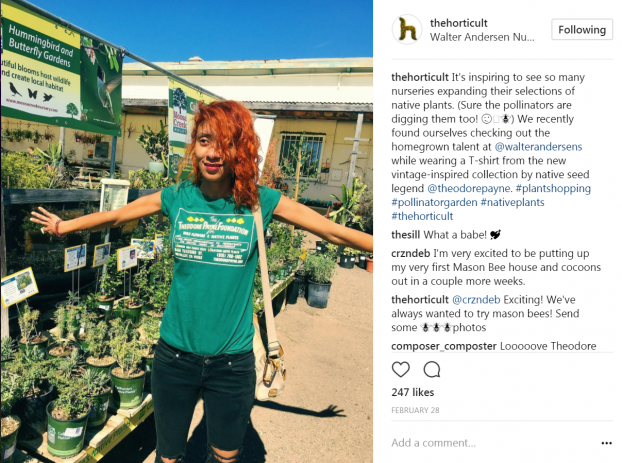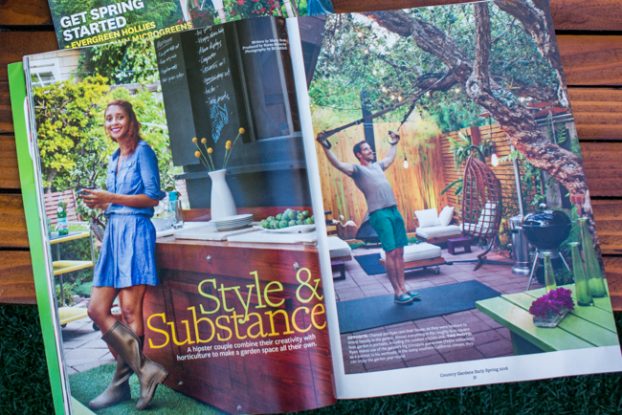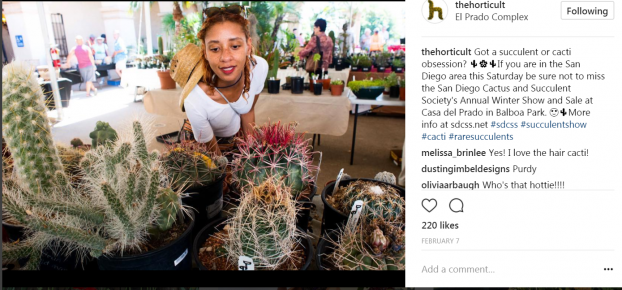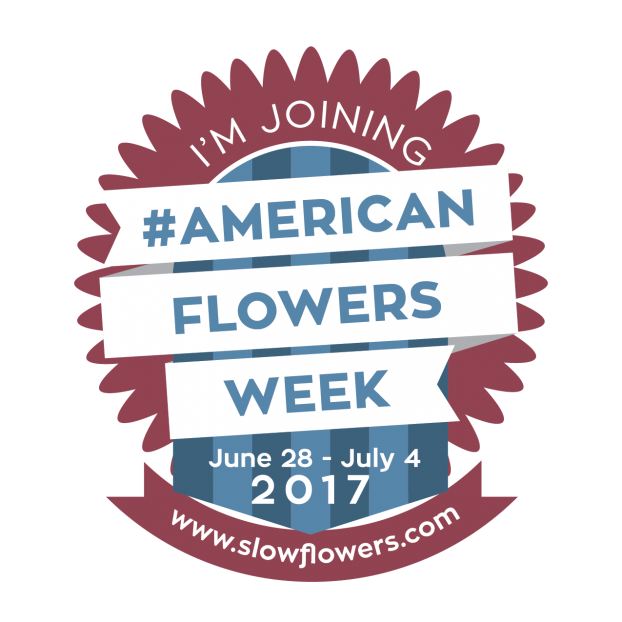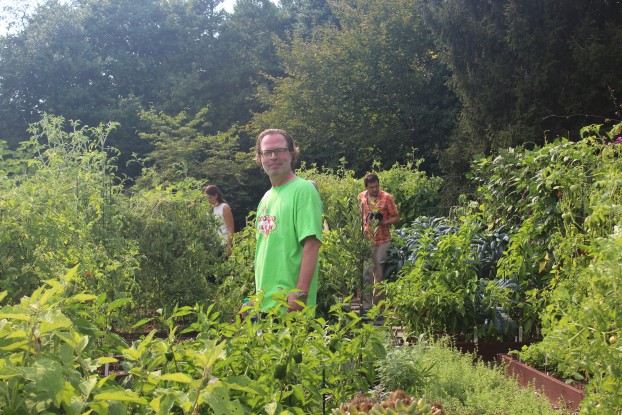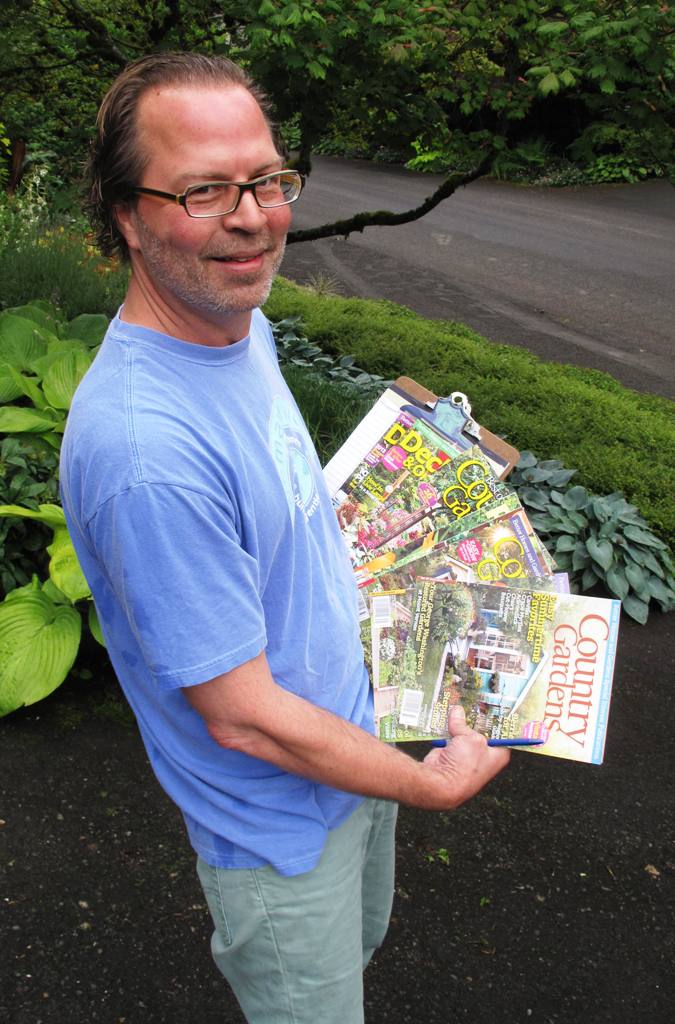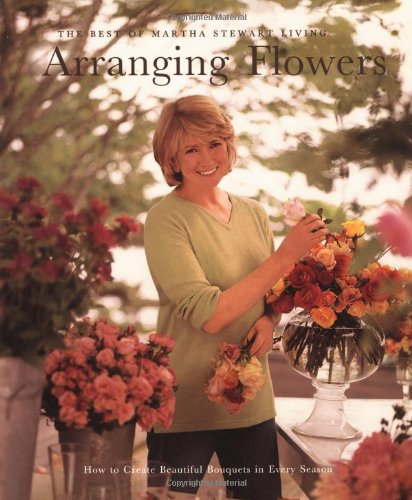Podcast: Play in new window | Download
Subscribe: Apple Podcasts | Podcast Index | RSS | More
Welcome to the final Slow Flowers Podcast Episode of 2017.
The Slow Flowers Community and listenership of this program have grown to be larger than ever, with more than 265,000 total downloads since launching in July 2013. That’s amazing news and I’m thrilled to share it with you.
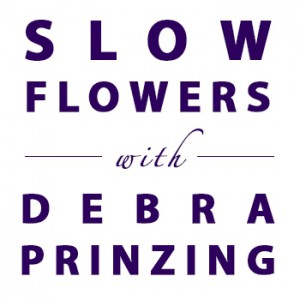 Every single week this year; in fact, every single week for the past 230 weeks, it has been my privilege to feature the voices of our Slow Flowers community with you. Unlike any other internet radio show in existence, the Slow Flowers Podcast is tailored to you and your interests, making its “must-listen” programming a habit among flower farmers and floral designers alike.
Every single week this year; in fact, every single week for the past 230 weeks, it has been my privilege to feature the voices of our Slow Flowers community with you. Unlike any other internet radio show in existence, the Slow Flowers Podcast is tailored to you and your interests, making its “must-listen” programming a habit among flower farmers and floral designers alike.
In producing and hosting the Slow Flowers Podcast, I seek out pioneers and personalities, style-makers and influencers — as well as unsung or little known heroes — who together are changing the floral landscape, disrupting the status quo, and bringing flower sourcing and growing practices, not to mention eco-conscious design methods, to the center of the conversation.
And thanks for joining in. Whether you’ve just discovered this podcast or are a longtime fan, I encourage you to take advantage of the immense body of knowledge that can be found in the archives here. We’ve updated the “play” and “download” buttons at the show notes that accompany each episode, making it simpler than ever to listen.
 Today we have a year-end listener giveaway, so listen to the end of this episode for details! We have two copies of floral activist and artist Mud Baron’s 2018 “Flowers on Your Head” calendar that he produced as a fundraiser for LA-based nonprofit 4 Women Ovary Where.
Today we have a year-end listener giveaway, so listen to the end of this episode for details! We have two copies of floral activist and artist Mud Baron’s 2018 “Flowers on Your Head” calendar that he produced as a fundraiser for LA-based nonprofit 4 Women Ovary Where.
As I have done since the beginning of 2014, I would like to devote today to the Slow Flowers Highlights of this past year. Next week, on January 3th, I will present the much anticipated 2018 Slow Flowers’ Floral Insights and Industry Forecast with you.
Covering the Slow Flowers Community has put me in a lot of airplane seats this year. I’ve been able to meet with, interview and gather together with florists and flower farmers in thirteen states and one Canadian Province. That’s amazing and I thank friends and colleagues who hosted Slow Flowers workshops, potluck dinners, cocktail parties, events and meet-ups Alaska, Arizona, California, Connecticut, Iowa, Florida, Massachusetts, Montana, New York, Oregon, Pennsylvania, Virginia, Washington, and Ontario, Canada, for amazing and inspiring experiences. And so far, 2018 promises to bring me more travel as I’ve already confirmed Slow Flowers appearances in Texas, Washington, D.C., Colorado, North Carolina, Iowa, Illinois, and of course, the Pacific Northwest, so get in touch if you’re interested in booking something in your community.
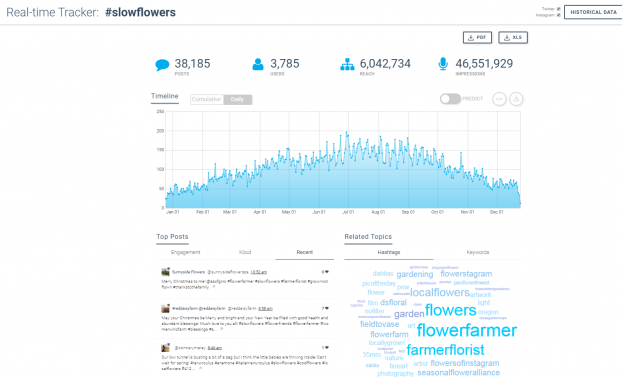
According to our social media tracking tools, in the past 365 days, the hashtag #slowflowers has hit 46.5 million impressions on Instagram and Twitter alone.
This #slowflowers hashtag is the floral industry’s most widely used brand intended to convey seasonal, local and sustainable floriculture — and I am humbled by the impact and reach of a term that originated with a tiny, 144-page book measuring 7-1/2 inches square — as it has exploded far beyond my imagination in the five years since.
Thank you for being a part of this movement and If you haven’t, I hope you’ll make the next step by investing in the continued relevance and success of this brand and join Slow Flowers as a member. Follow this link to learn more about the benefits and values of joining the Slow Flowers Movement.
So, let’s get started with my month-by-month recap of 2017!
January brought Slow Flowers to Tampa, Florida, and the Gulf Coast, including a lecture for the garden club of Boca Grande, one of the most beautiful beach spots on the planet. I loved connecting with Slow Flowers members while in the state and took great pleasure in touring a few botanical gardens to admire the diversity of the region’s flora. Later in the month, travel brought me to the other corner of the U.S. — to Fairbanks, Alaska, where I spent a few days attending and speaking at the Alaska Peony Growers Association winter conference. Two geographic and climactic extremes and two equally vital regions for local flowers and passionate growers.
Something else took place in January, an event that foreshadowed a major new collaboration for me — Florists’ Review published my article about a year-long creative project by Kelly Shore of Petals by the Shore. Called “Four Seasons of Floral Design,” the 11-page spread documented Kelly’s creative partnership with Maryland flower farmers Leon and Carol Carrier of PlantMasters. It was exciting to write the piece for a major floral industry trade magazine — one read regularly by mainstream and conventional audiences. For Kelly and her collaborators, as well as for the Slow Flowers community, the story illuminated often unheard voices of domestic agriculture and sustainable design in floristry. You can read more about that story here.
I found it pretty remarkable to see seasonal and local flowers designed so artistically, portrayed against the backdrop of a flower farm. I want to acknowledge and thank Travis Rigby, Florists’ Review‘s owner and publisher, for adding my storyteller’s voice and point of view to the magazine’s pages.
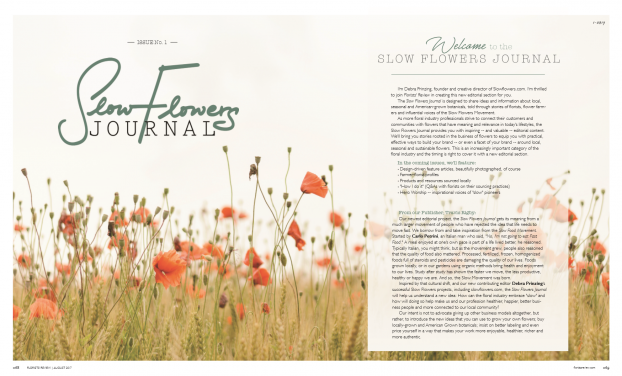
Here’s a sneak peek of our opening pages of the Slow Flowers Journal — launching inside the August issue of Florists’ Review.
That first article led to my stories appearing in subsequent months’ issues, each of which continued the Slow Flowers narrative. And then . . . Travis invited me to join Florists’ Review on a permanent basis as a contributing editor. After much dialogue and consideration, the new collaboration launched in August with a dedicated editorial section called the “Slow Flowers Journal.”
Since the first issue, I’m delighted to say that we’ve featured dozens of floral designers, farmer-florists, retail flower shops, makers and artists inside the magazine, under the Slow Flowers Journal banner, and with the mission and message presented as inspiring small business success stories.
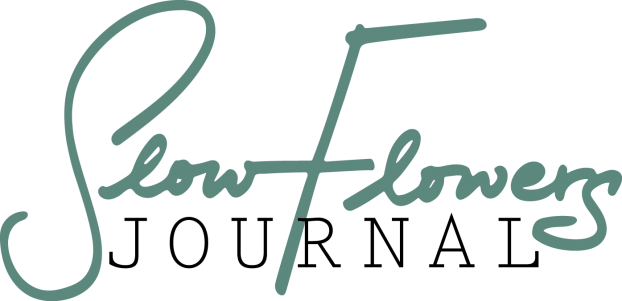 A footnote: I argued passionately to continue the Slow Flowers Journal name for this section. That’s because in January 2017, slowflowersjournal.com launched as an online magazine, designed to highlight and share this community’s members and their stories. Expanding to print has taken Slow Flowers Journal from a few thousand online readers to tens of thousands of print readers each month. That’s a big achievement for our brand!
A footnote: I argued passionately to continue the Slow Flowers Journal name for this section. That’s because in January 2017, slowflowersjournal.com launched as an online magazine, designed to highlight and share this community’s members and their stories. Expanding to print has taken Slow Flowers Journal from a few thousand online readers to tens of thousands of print readers each month. That’s a big achievement for our brand!
Moving into 2018, these stories will continue — I’d love your input and ideas, so be sure to follow links at the show notes for more ways to engage and become involved. If you haven’t started reading the Slow Flowers Journal, I encourage you to contact Florists’ Review for a free sample copy or take advantage of the generous discounted subscription rate offered to my listeners. You can subscribe to Florists’ Review and read our bonus Slow Flowers Journal content at the special rate of $21 for 12 issues — 62 percent off the cover price! Click here or call 1-800-367-4708.
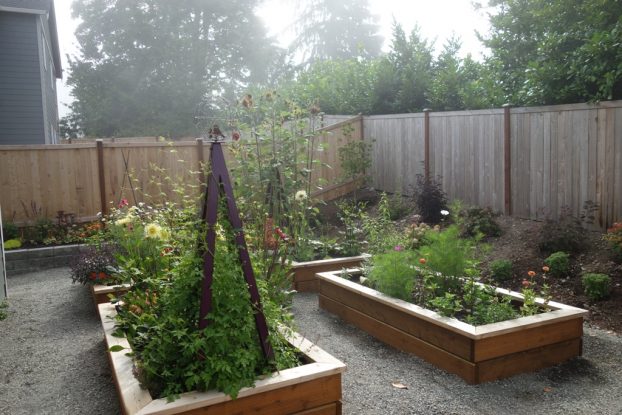
Slowly, but surely, the new SLOW FLOWERS CUTTING GARDEN is taking shape! Amazing how sunflowers and dahlias can enliving a few raised beds and make everything look abundant.
February was a busy month, personally, as my family and I finally ended our 18-month urban condo experiment and moved into a new home with a completely blank backyard – home to the new Slow Flowers Cutting Garden.
Over the remainder of 2017, I began building the cutting garden as a place to trial cut flowers and other botanicals, stage and produce DIY photo shoots, and create stories for gardening audiences and more. The support of sponsors who have shared everything from seeds (thanks Johnny’s Seeds) to bulbs (thanks Longfield Gardens) to my greater Garden Writers community, which supplied perennial and woody plants to trial, has been awesome. I promise that the garden’s evolution in the coming year will supply you with even more inspiration.
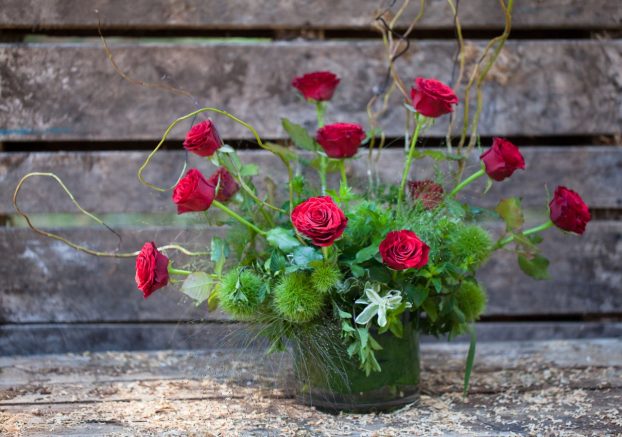
Wild-textured roses by Erin Shackelford, Camas Designs. A definite nod to the wildness of nature, from the heart. © Robert Shackelford Photography
Also in February, we produced the Valentine’s Day LOOK BOOK, sharing it across PR Web, a news distribution service. The gallery of sustainable floral design ideas from Slow Flowers member farms and florists was picked up by online news sites, and posted to the web, at slowflowersjournal.com and in a public Flickr gallery. Stories like these help to put you in the news and if you’re a Slow Flowers member, you’ve received (and I hope read and taken advantage of) ongoing “calls” for submissions that allow you to participate in similar opportunities to be published. Currently, for example, we’re collecting your submissions for an upcoming American-grown wedding floral story ~ so if you’re not a part of these opportunities and you’d like to be ~ get in touch!
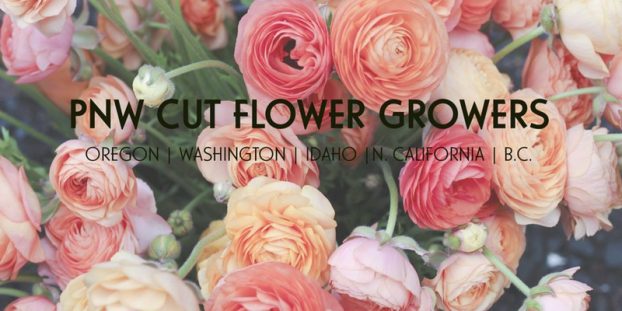 And I can’t end my February highlights without mentioning how gratifying it was to be an invited speaker at the third annual Pacific Northwest Cut Flower Growers meetup that month, held in Corvallis, Oregon. I shared the 2017 Floral Insights & Industry Forecast as part of my SLOW FLOWERS, AMERICAN STYLE presentation. I was thrilled to discuss what’s happening at all levels of the American-grown floral pipeline — from field to checkout counter, and to give the gathering of growers and farmer-florists insights into the opportunities they could can leverage for their businesses.
And I can’t end my February highlights without mentioning how gratifying it was to be an invited speaker at the third annual Pacific Northwest Cut Flower Growers meetup that month, held in Corvallis, Oregon. I shared the 2017 Floral Insights & Industry Forecast as part of my SLOW FLOWERS, AMERICAN STYLE presentation. I was thrilled to discuss what’s happening at all levels of the American-grown floral pipeline — from field to checkout counter, and to give the gathering of growers and farmer-florists insights into the opportunities they could can leverage for their businesses.









